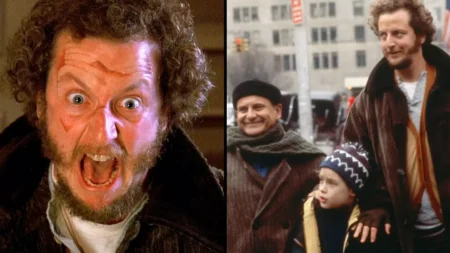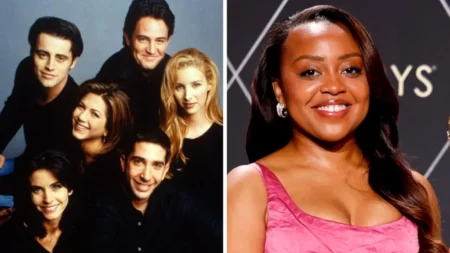Performance art is no stranger to Marina Abramović. She has pushed the emotional limit of endurance as no one else.
She gave performances that thrilled audiences all over the world and refused to be limited or defined by cultural standards alone. Instead, she made herself a point of access to their profound human experiences. Her most well-known composition, “Rhythm 0,” is still unforgettable.
One of the most audacious and controversial performances in the history of art was Abramović’s in 1974. It seemed to have an alarmingly simple premise.
She laid 72 things on a table and told viewers to use them on her however
they wished. They included everything from flowers to a loaded firearm.
For six hours, the audience could control Abramović’s body. Innocently at first, then deadly.
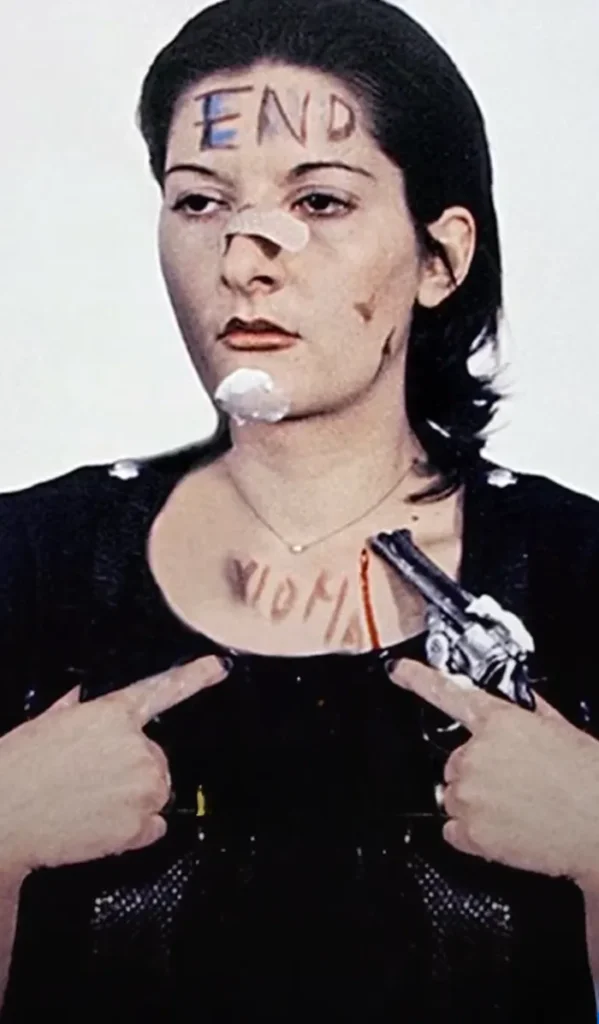
At first, they handed her flowers or just watched her. However, as time passed, events began to take an ugly turn.
People began to strip her and cut her skin. Someone even had the loaded rifle in her hand and her finger on the trigger.
Yet, even as aggressiveness began surging, Abramović stuck to his performance. “I had no idea of the risk, but I would have been willing to die,” she said afterward.
When the gun was pointed at her, the audience got into a fight. Despite that, Abramović was motivated to finish the project.
After the traumatic event, she went on to practice performance art. Her dedication never ended, and she continually challenged the limits of human experience.
Last year, Abramović’s performance was different from “Rhythm 0” but was equally intense. For The Artist Is Present, she took on this time.
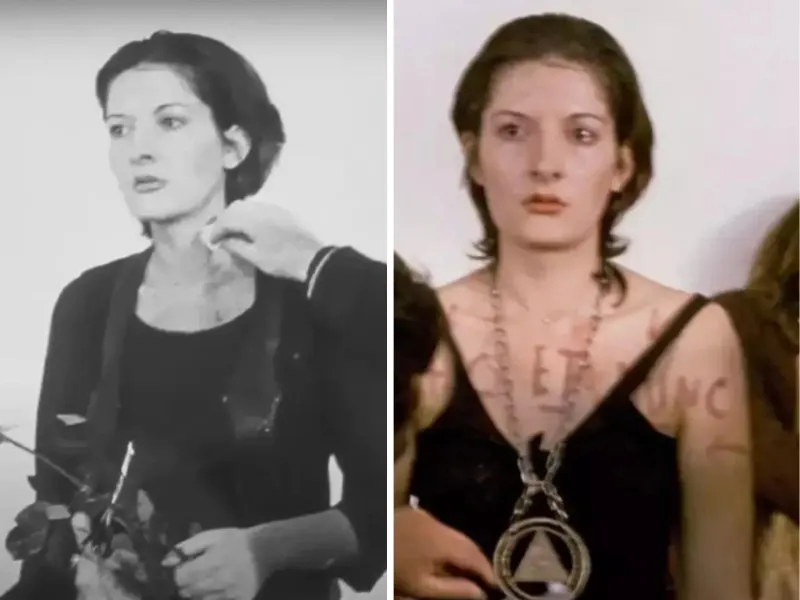
It lasted two and a half months in New York’s Museum of Modern Art. An empty chair sat across her, and Abramović sat quietly at the table.
The chair was open to anyone. Anyone could sit in the chair and have a wordless conversation. The rules were simple: no touching or speech.
Day after day, people from all walks of life sat before her. Some cried, some smiled, some looked at the artist.
The late actor Alan Rickman had an emotional moment with Abramovic. One of the most moving meetings was still to come, but.
One of the first to sit across from her was Abramović’s ex-partner, Frank Uwe Laysiepen, or Ulay. It was an unexpected, very emotional reunion.
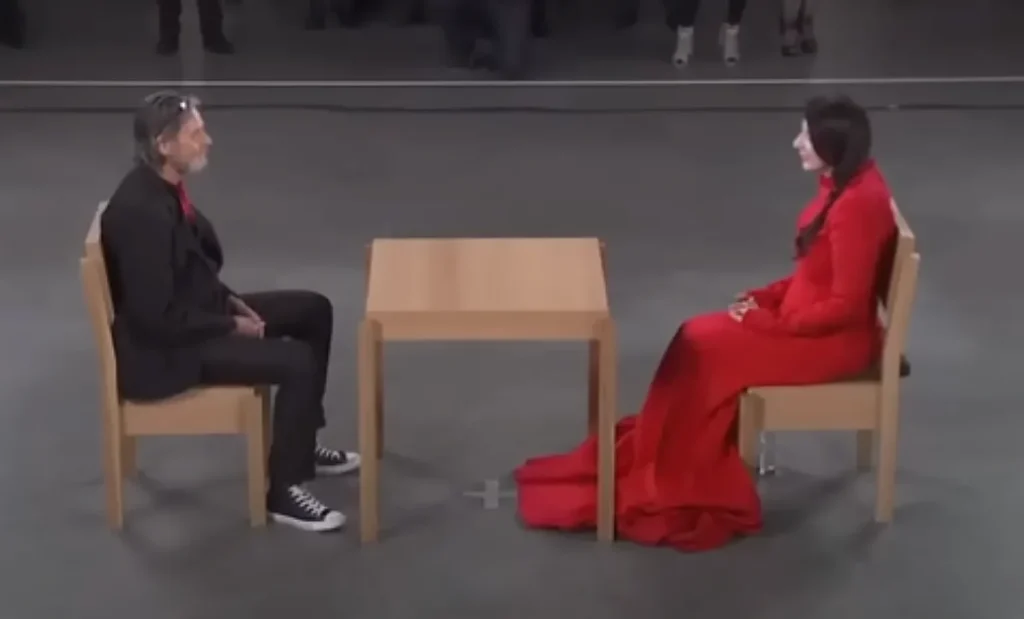
Abramović and Ulay had not spoken to one another for more than 20 years. In the 1970s and 1980s, they were professional and romantic partners.
A one-of-a-kind performance called “The Lovers” ended their relationship in 1988. In this painting, the couple met at the center of the
Great Wall of China, after coming from opposite ends of it.
Originally, they were going to marry when they met in the middle. They had fallen out by the time the concert started.
Ulay admitted to impregnating his translator when they met. Abramović told him to marry the translator, and they broke up.
A silent reunion at “The Artist is Present” went viral. The two locked gazes revealed years of shared history.
But Abramović broke the performance regulations by reaching across the table to hold Ulay’s hands. It was a quiet exchange in the world, but it was profound.
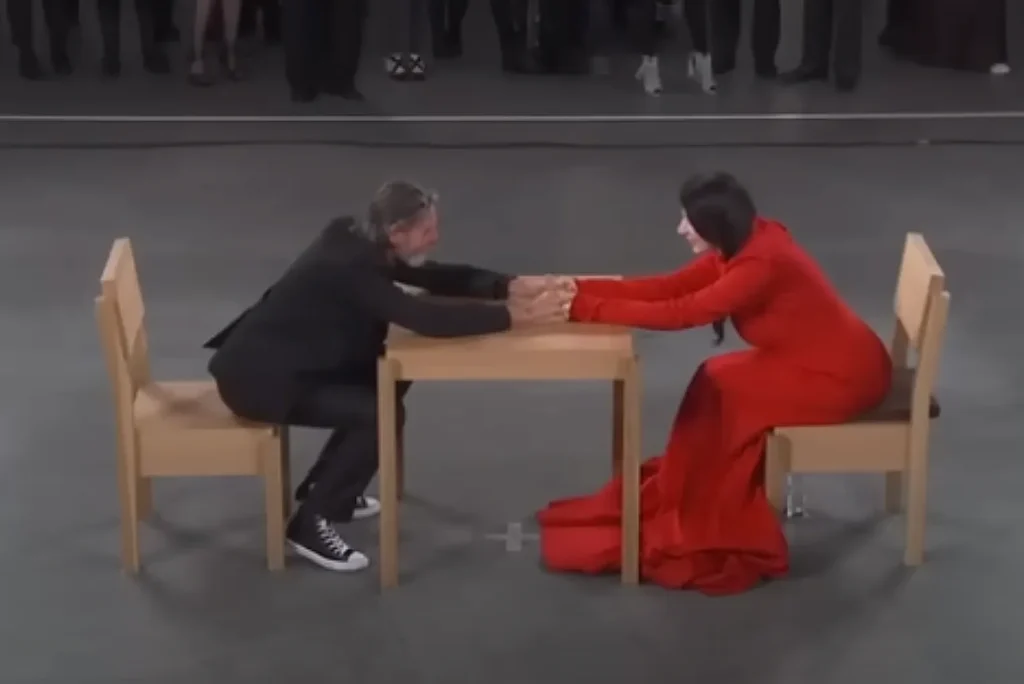
However, their reunion did not end their convoluted story. In 2016, Ulay sued Abramović for unpaid royalties on a joint artwork.
Abramović was ordered to pay €250,000 in royalties and €23,000 in legal fees. The bone of contention between the two complicated individuals can be added to this court dispute.
Abramović’s work desires to confront suffering and to be vulnerable. From “Rhythm 0” to “The Artist is Present,” she’s been consistently one of the frontiers of art.
She does her job in a way that inspires her audience to reflect on their own humanity. While her relationship with Ulay turned out unexpectedly, her art is about perseverance and shaping.
Performance art pioneer Marina Abramović is still alive. Her works are bold and dramatic, and she bridges the artist-audience gap.
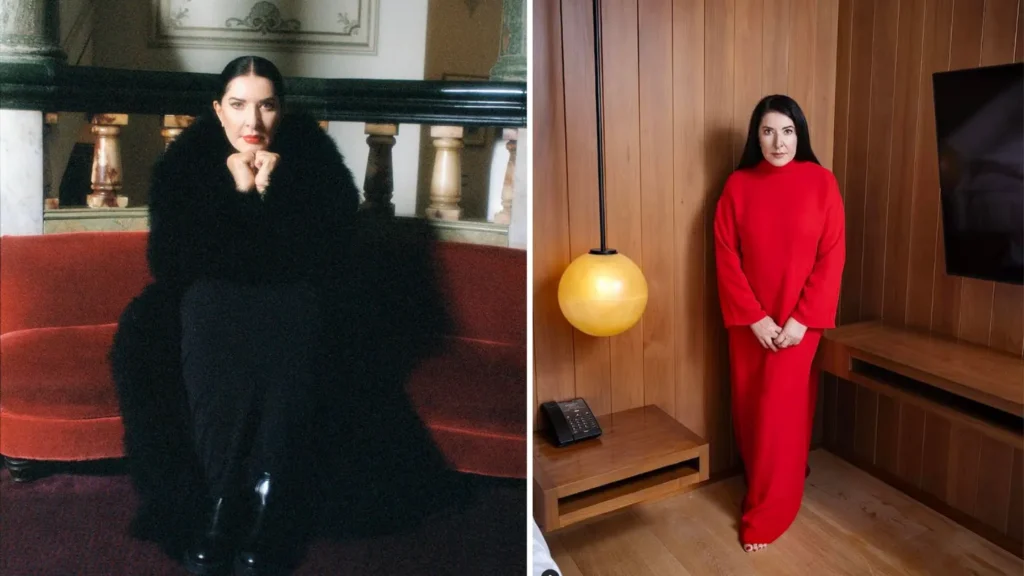
Her journey on or off stage shows you the power of art. Daring vulnerability continues to enchant the globe.
In her latest work, Marina Abramović continues to widen the boundaries of performance art. But this time, it’s bigger than ever.







